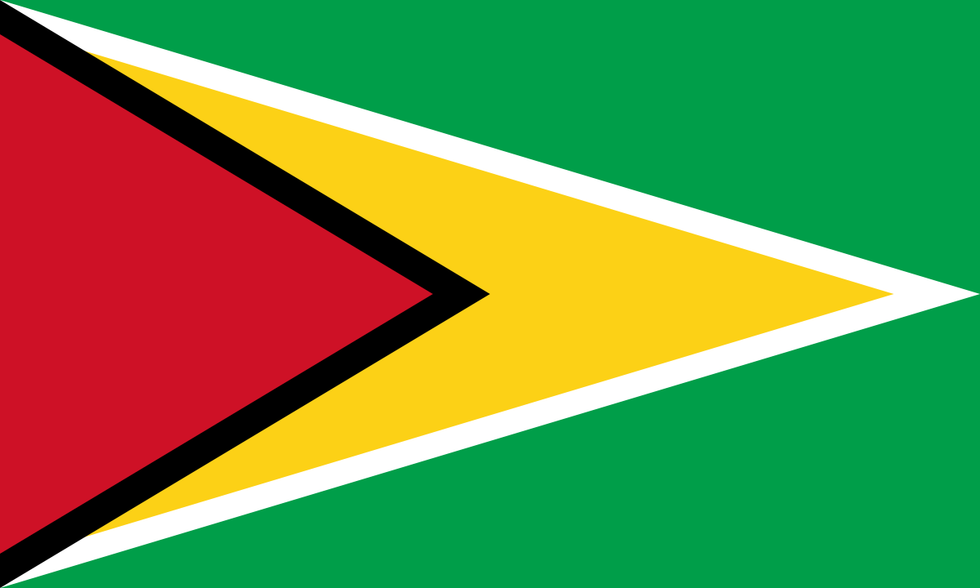The company’s NI 43-101 compliant technical report on the preliminary feasibility study for its Karouni gold project in Guyana is an important milestone in terms of compliance with requirements from the Canadian Securities Regulators.
This article was originally published on Gold Investing News on September 17, 2014.
Troy Resources (TSX:TRY,ASX:TRY) recently released a NI 43-101 compliant technical report on the preliminary feasibility study for its Karouni gold project in Guyana. The report contains few, if any, material changes to information already released to the market several months ago, but does mark a compliance milestone in that it fulfills requirements laid out by the Canadian Securities Regulators.
The main details of the report were originally released to the market on July 28, but were not well received at the time, with the stock being marked down more than 30 percent; that’s because the results suggest that the Karouni project will be significantly smaller than previously assumed. The report also indicates that deeper drilling discovered greater geological complexity than anticipated, casting doubt on the potential for underground extension beyond the planned open-pit life.
Troy’s share price has continued at this lower level since the announcement, implying a not-insignificant market cap of AU$170 million, with the market clearly waiting for the company’s next move. However, with a newly minted CEO only freshly in the chair for two weeks, perhaps this announcement is being seen as an opportunity to clear the decks and start afresh.
Quarterly report disappoints
Disappointment with Karouni aside, Troy’s June quarterly report also brought less-than-satisfactory numbers from the company’s two operating South American gold-silver mines, both in terms of production and costs, and so there remains some work to be done. The Casposo gold-silver mine in Argentina was 10 percent light on its production targets, and while its C1 cash costs were a reasonable $684 per ounce (net of silver credits) its all-in sustaining cost (AISC) was a hefty $916 per ounce, reflecting the continuous development costs required for narrow-vein underground mining operations.
Similarly, the company’s Andorinhas mine in Brazil came in 9.3 percent under its production target, with an AISC of US$1,165 per ounce being toward the upper end of the cost curve.
The combination of these two disappointing results, plus the removal of some hoped-for blue sky clearly did not impress.
A little history
Karouni was acquired in July 2013 via a friendly takeover of ASX-listed Azimuth Resources. The transaction was at a hefty 78-percent premium to Azimuth’s value at the time of the bid, implying a value of AU$188 million, which would have created an combined entity with a market cap north of AU$500 million. However, over 70 percent of that value has since been lost, leading to some management changes announced earlier in 2014 and creating a credibility headwind the company has yet to push through.
In a July statement, the company said of the Karouni project, “[r]esults from drilling in the deeper areas of Smarts, where the underground mine was proposed in the PEA, have shown that this is a significantly more complex geological environment than the upper parts of the system. This area has therefore remained in the Inferred category and cannot be included in mineral reserves. The drilling has revealed that the deeper mineralisation is contained in high grade pods that are structurally controlled by a series of sub-vertical shear zones.”
The upshot being that Troy took an exploration risk that did not play out. In hindsight, then, the Azimuth acquisition seemed expensive, and when coupled with poor operating performance, saw the company punished.
The company released its annual results on August 28, reporting a AU$61.2-million non-cash impairment charge for Karouni, bringing its value back to reflect only the gold contained within the open pit. However, in a sensible, strategic step, the new CEO then took his place three days afterward, allowing him to start from a clean slate and to present the company as it is now, rather than being weighed down with baggage.
On that basis, the company seems to have some potential, but remains saddled with high costs, lack of growth options and poor operating performance.
What’s next?
Troy’s two existing underground operations have reasonable resources, but complexity and capital costs might limit the potential to ramp up production from these projects beyond their current levels. They can thus potentially be viewed as base-level producers rather than growth prospects.
That said, the Karouni open pit seems robust, if somewhat short-lived. A low capital cost of $85 million, low AISC of $602 per ounce and short after-tax payback of 1.2 years seem attractive, but a longer life is needed.
The company has released exploration results that seem positive, but there is much to be done to transform those into mineable resources.
The upshot is that to an extent Troy has become the type of old-fashioned gold mining company that the market was more comfortable with many decades ago. That is — it got into production quickly and cheaply and is now hoping for exploration success. Such a strategy is no longer viewed as positively as it once was, but at this valuation, perhaps it is worth a look.
Securities Disclosure: Brad George holds no investment interest in any of the companies mentioned.
Brad George is a geologist by trade, and has spent over 25 years working in the mining industry around the world in a variety of capacities. Primarily focused on exploration, Brad has gained extensive experience in iron ore, base metals and gold on five continents. He has extensive experience in the management of public resource companies.
Upon completing an MBA, Brad spent several years in London as a partner in a boutique brokerage house, developing a franchise as a rated mining and metals analyst. Brad now resides in Perth, Western Australia.





